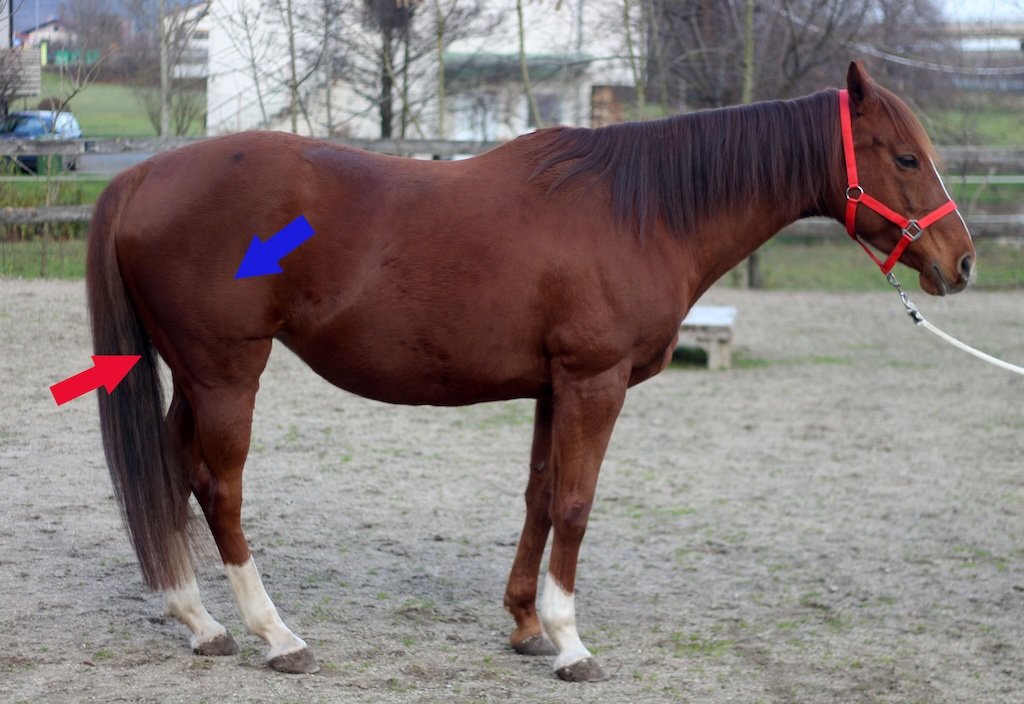Not all muscles are created equal
Is there such a thing as too much muscle development? You bet! Here is why it’s important to differentiate between two major groups of muscles.
Here’s a group of evenly developed necks. See how none of the muscles seem to bulge out? That’s a good thing.
One of the goals of training horses is to develop them both physically and mentally. The physical development involves developing control, coordination, stamina and strength. While stamina, coordination and control are not as apparent when we are simply looking at the horse, most of us tend to focus on the horse's muscular development when gaging how fit a horse is. This makes sense, of course, but it can also trick us into thinking that developing more muscles is always good. But this might not always be the case. Here's why.
While all muscles in the body function in a similar way by actively contracting and passively lengthening, there are major differences in their job descriptions, mainly how hard they can work and how long they can work for. Muscle function and architecture is a complex subject, but if we want to keep it simple, we can divide the muscles into two major groups – postural muscles and movement muscles. Postural muscles are more suited to slow, sustained work. They are on most of the time, but are not working super hard. Think of them as marathon runners. Movement muscles on the other hand, can produce more force, but tire faster. Think of them as sprinters.
These two groups of muscles have to work together to produce safe and effective movement. One of the major roles the postural muscles play is to provide stability to the spine while the movement muscles go about producing all kinds of fancy looking movement. If the postural muscles aren't doing their job, the movement muscles will now have to do two jobs, and nobody likes that. This causes the movement muscles to be overworked, which creates tension and stiffness in the long run. So yes, there is such a thing as too much muscle development. The movement muscles tend to hypertrophy in an effort to provide stability and protect a weak area. While this might seem like a good thing, it is a very bad strategy in the long run.
Overdevelopment of some muscles usually goes hand in hand with underdevelopment of others. Here we can see overdeveloped hamstrings, and underdeveloped quadriceps.
So, when an exercise or a gadget claims to be »working the back« for example, we need to ask ourselves exactly which muscles is it targeting? And do we really want to work those muscles more? Generally, exercises aimed towards strengthening the postural muscles will be more about coordination and control. They will be executed in slower paces and usually won't look very fancy. On the other hand, big fancy movements, executed at faster gaits, will generally work the movement muscles more. Always keep in mind that the postural muscles need to be developed first, only then can we start training the big movement muscles.

